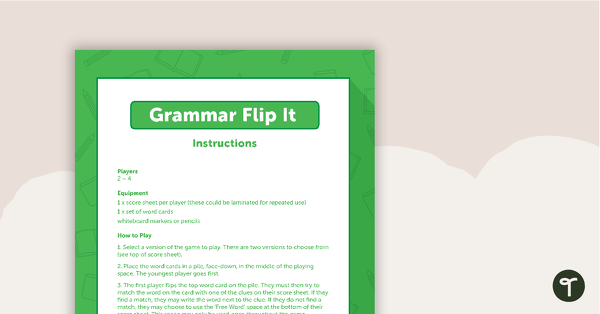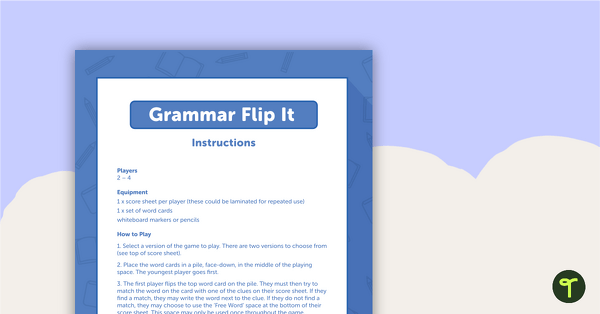Explore the difference between story settings and non-settings with this hands-on sorting activity.
A Setting or Not a Setting? That Is the Question!
One of the first narrative elements we teach to our littlest learners is story setting – the time and place in which a story unfolds.
This sorting activity has been designed to familiarise your students with story settings by asking them to identify images that depict a story setting and those that do not.
The resource download contains:
- 1 x instruction page
- 4 x sort headings (Setting and Not a Setting, Examples and Non-Examples)
- 32 x task cards
- 1 x answer sheet
How to Use This Story Settings Activity
Using this resource in your classroom is easy! Just follow the simple instructions below.
- Print and cut out the sort headings and sort cards.
- Place the sort headings on a flat surface.
- Review the definition of setting (where/when a story takes place).
- Hold up a picture card and have the students identify the picture.
- Ask the students whether or not the picture shows a setting.
- Have the students place the card under the correct heading. Two options are provided: Setting/Not a Setting or Examples/Non-Examples.
- Review the sorted cards as a class.
Easily Prepare This Resource for Your Students
Use the dropdown arrow on the Download button to select between the editable Google Slides or easy-print PDF version of this resource.
As this download contains an answer sheet, we recommend printing one copy of the resource, then removing the answer sheet before continuing to prepare the resource.
Print the cards on cardboard for added durability and longevity. Place all pieces in a folder or large envelope for easy access.
This resource was created by Samantha Rose, a Teach Starter collaborator.
Click below for more fantastic resources to use when teaching about narrative features!
[resource:4965494] [resource:4477115] [resource:4924621]












0 Comments
Write a review to help other teachers and parents like yourself. If you'd like to request a change to this resource, or report an error, select the corresponding tab above.